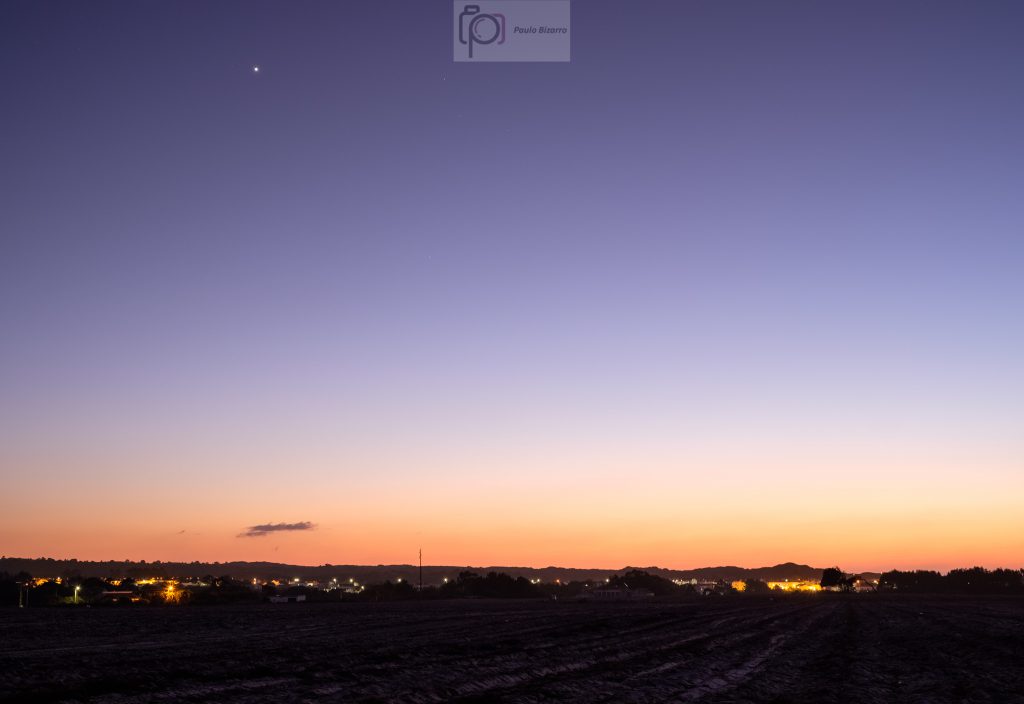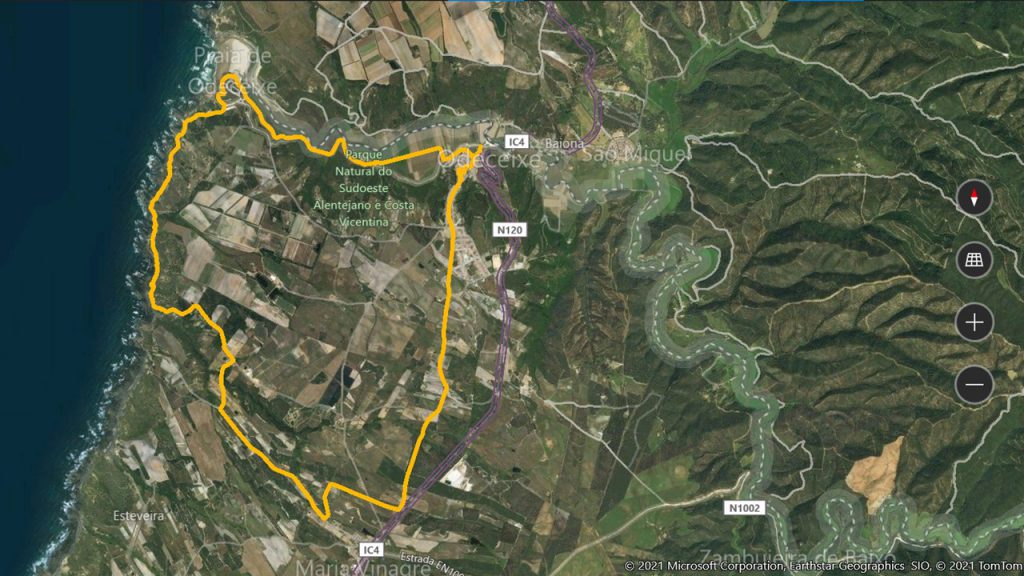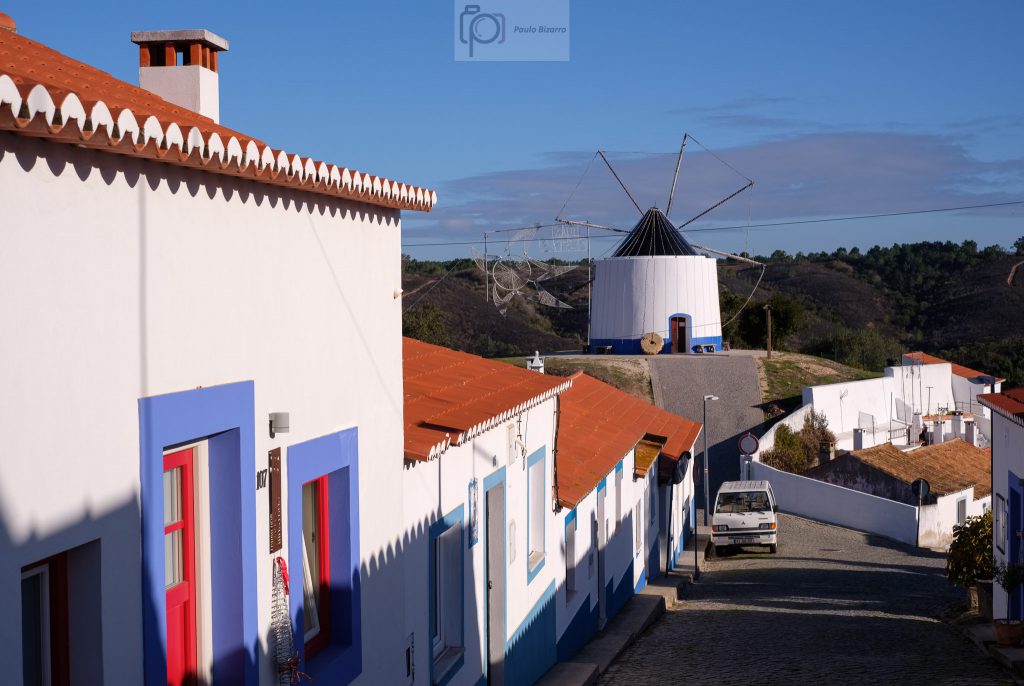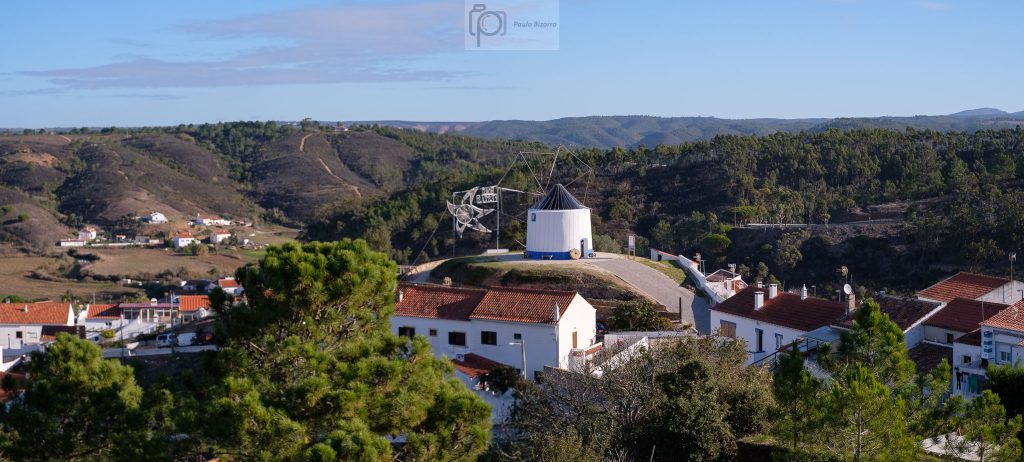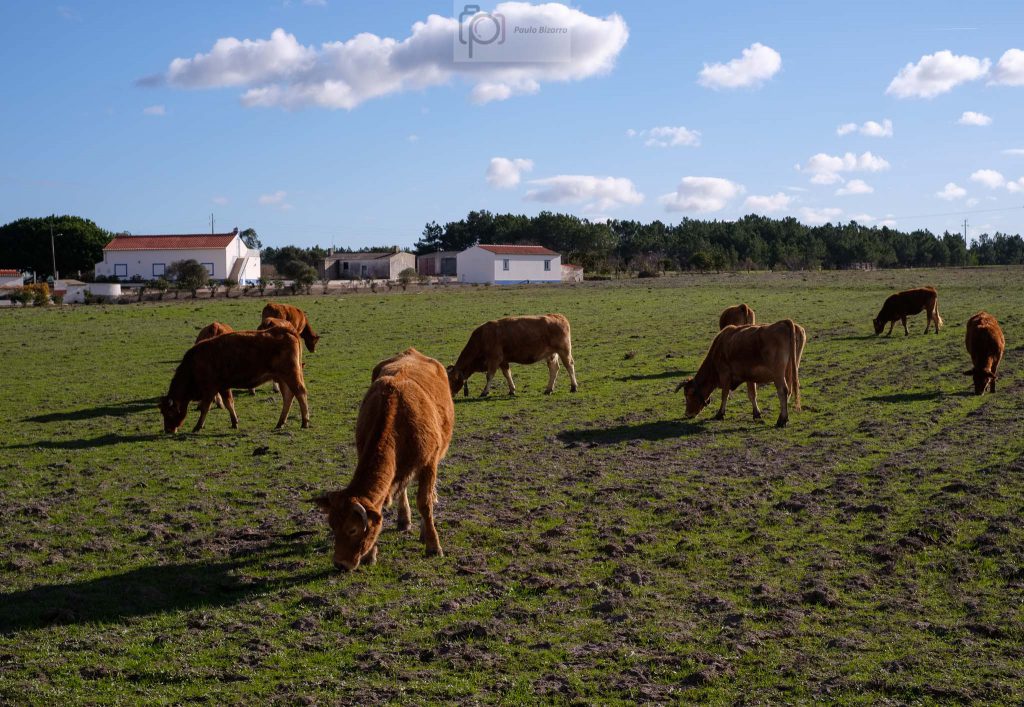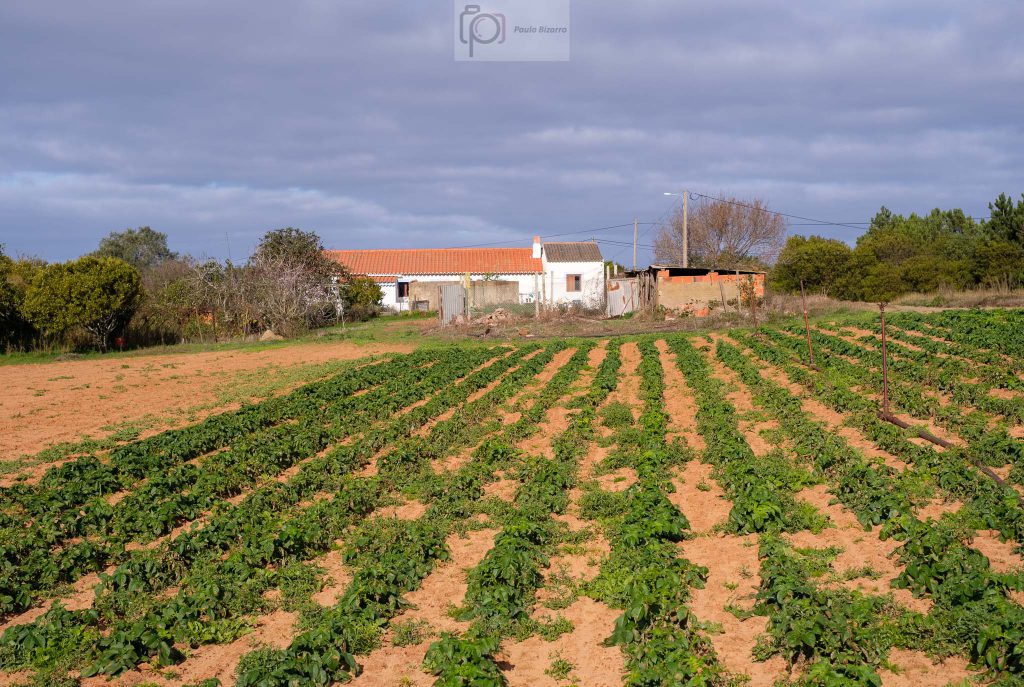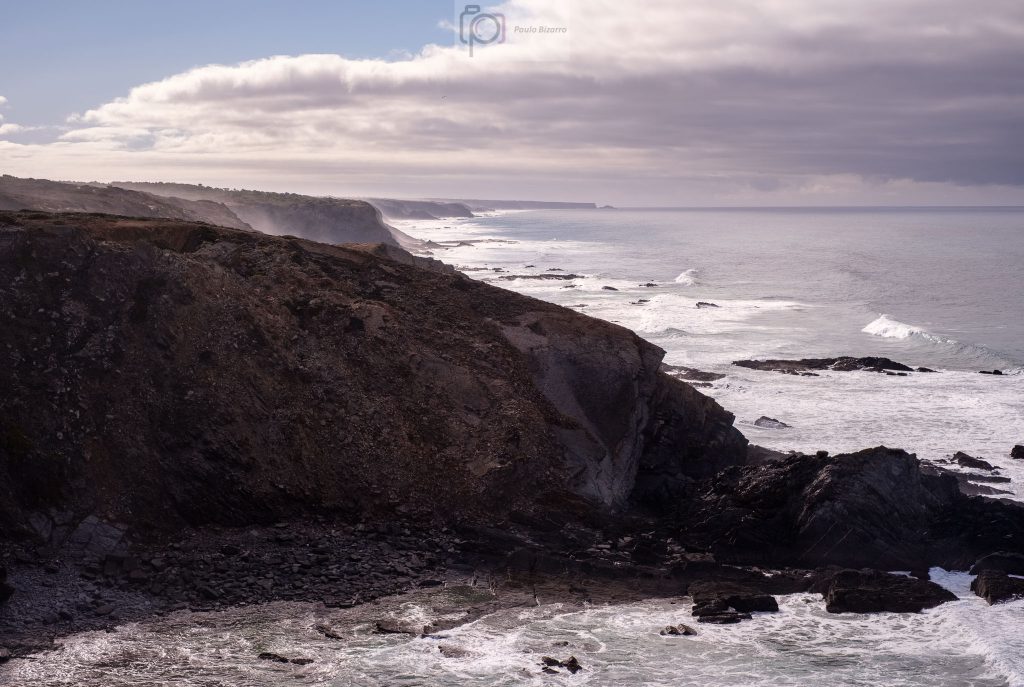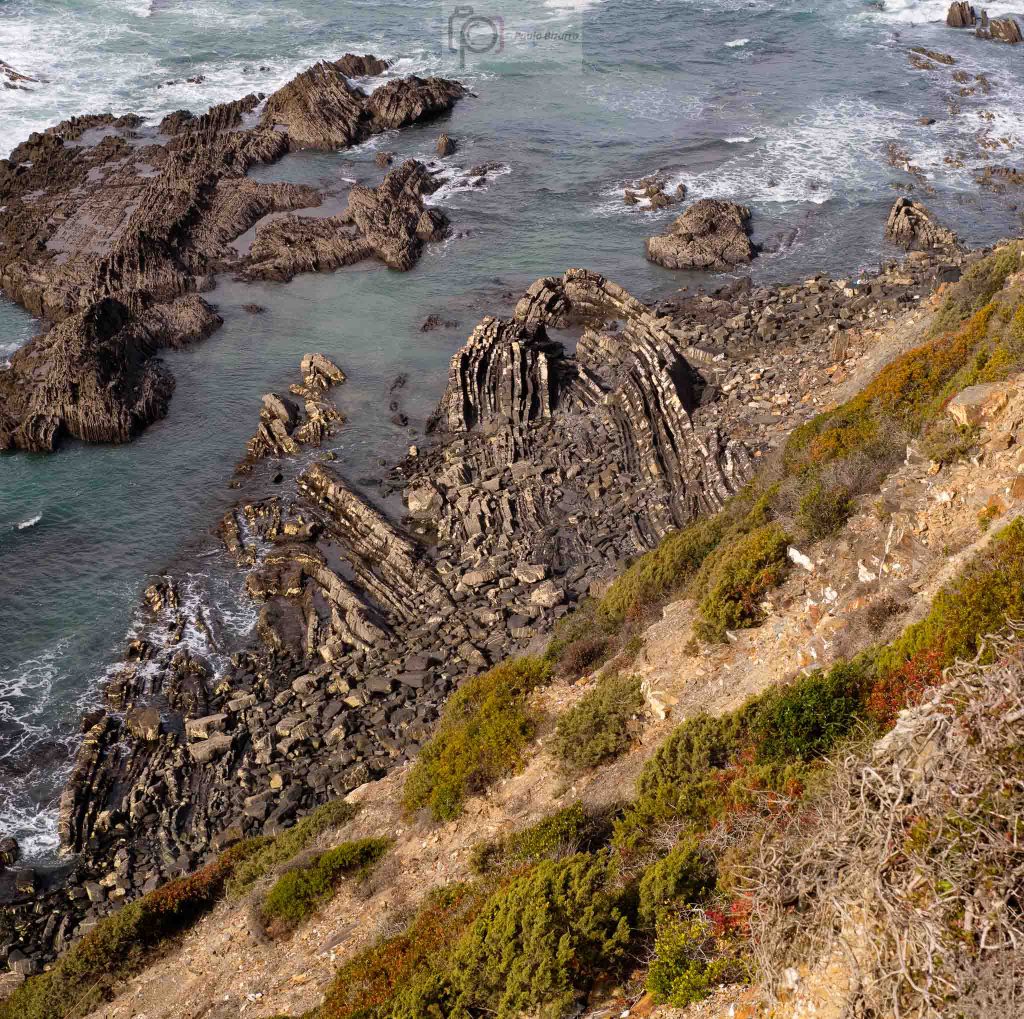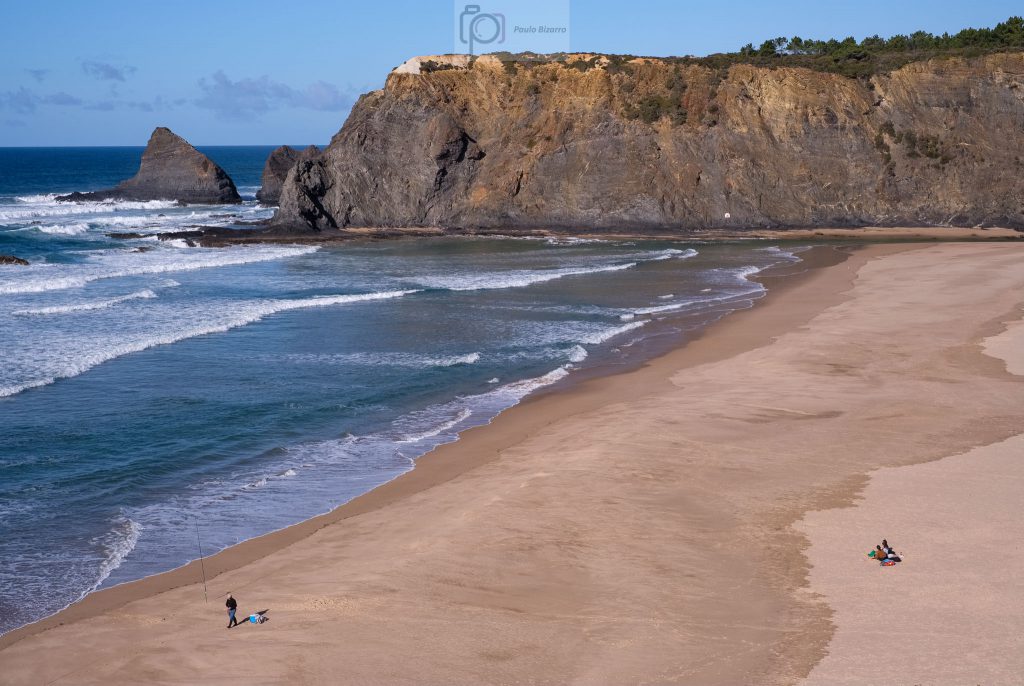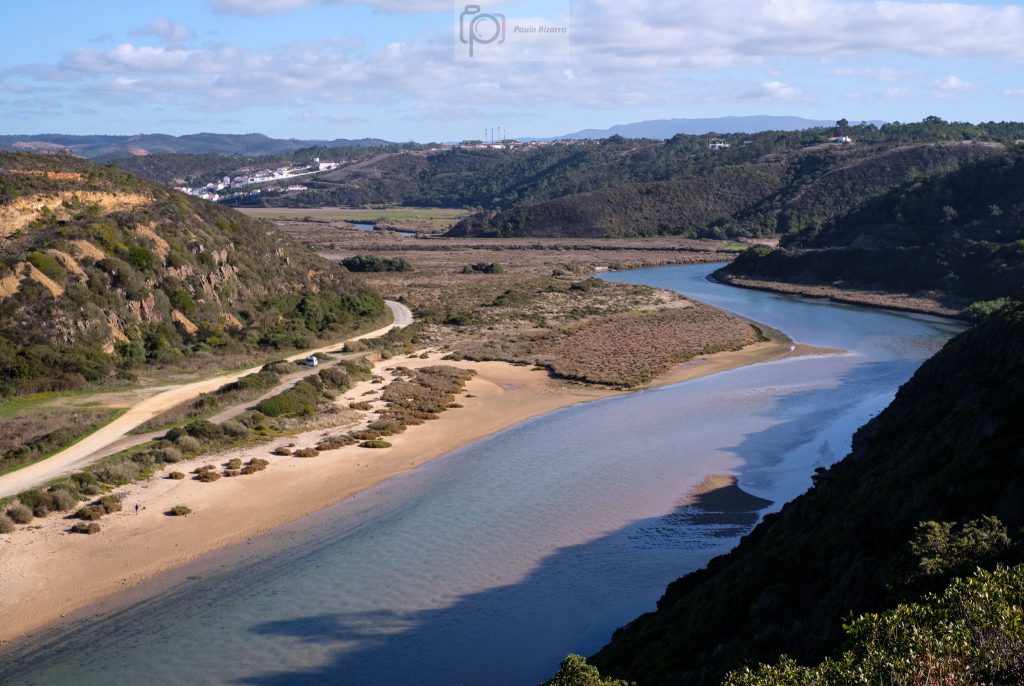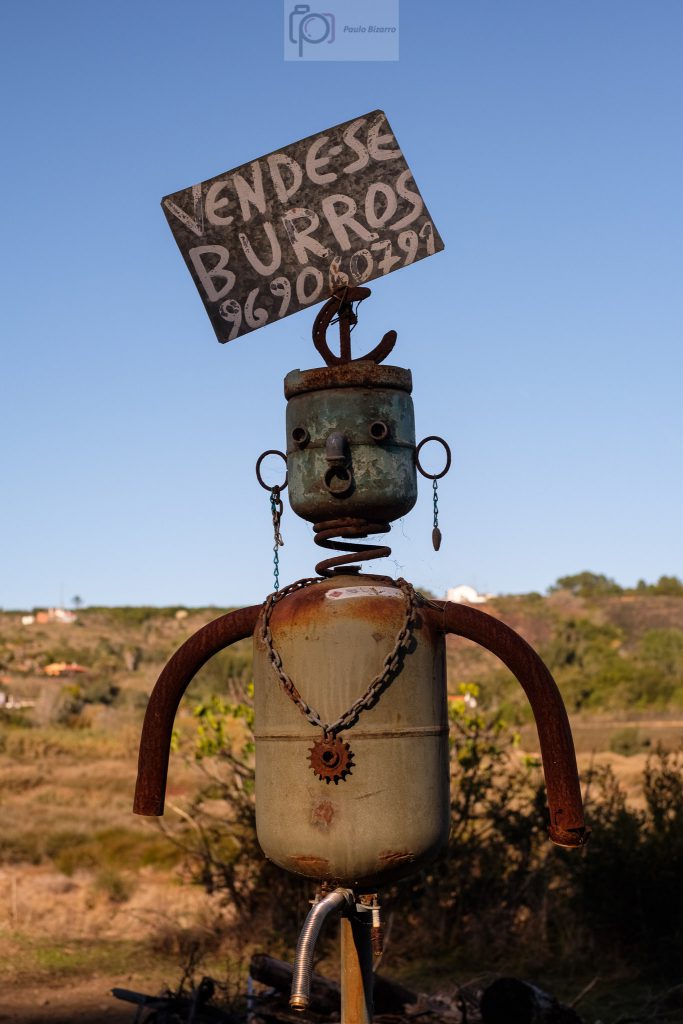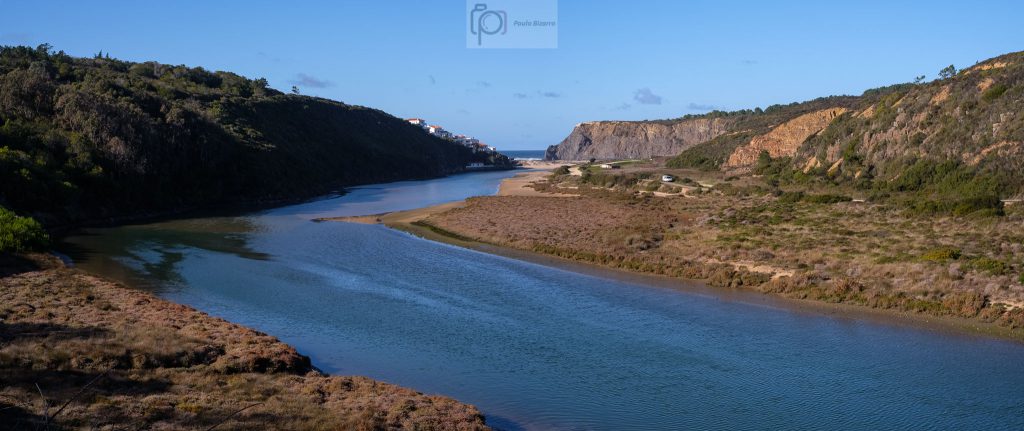I have visited the Brejo Largo beach, near Almograve (in southwest Portugal), so many times, that I have lost count. I still remember my first visit, around 40 years ago, as a teenager; back then, the beaches along this coastline were basically empty of people. Not so today, of course, but they have not lost their beauty and uniqueness.
Brejo Largo can be reached by foot, or driving along a dirt track that is sometimes challenging. Me, I still prefer to walk there from the village of Longueira, because the countryside is nice, with some farmland and pasture hugging the coastal sand dunes. One other reason for walking is that sometimes there are surprises along the way. Like the small pink flower that I found growing in the dune.
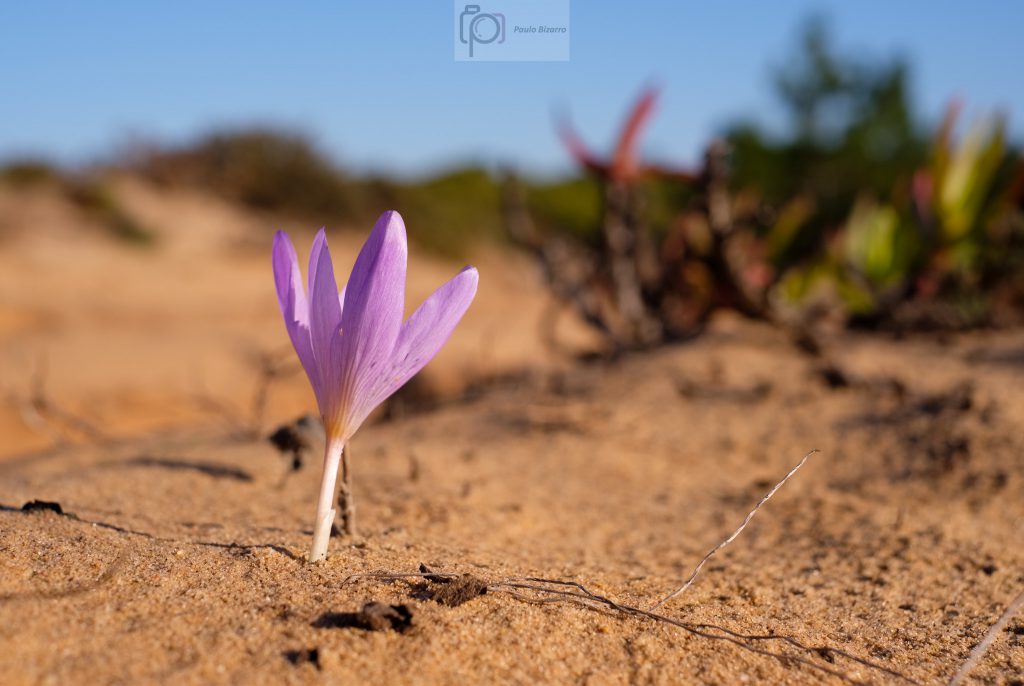
My favourite time of the year to visit is probably Autumn and Winter, when the sunset is early and the light is softer. This time I arrived a couple of hours before sunset, and given that the tide was low, there were plenty of little rocky coves and tidal pools to explore. The low tide also exposed a few interesting volcanic lodes that have been intruded in the schist during the opening of the Atlantic ocean.
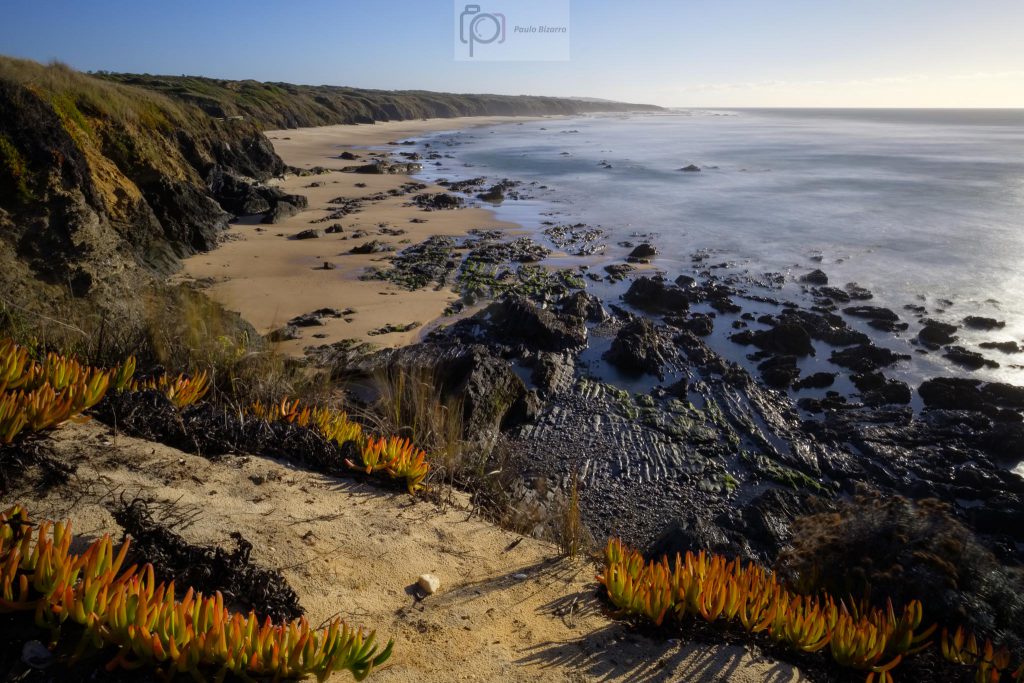
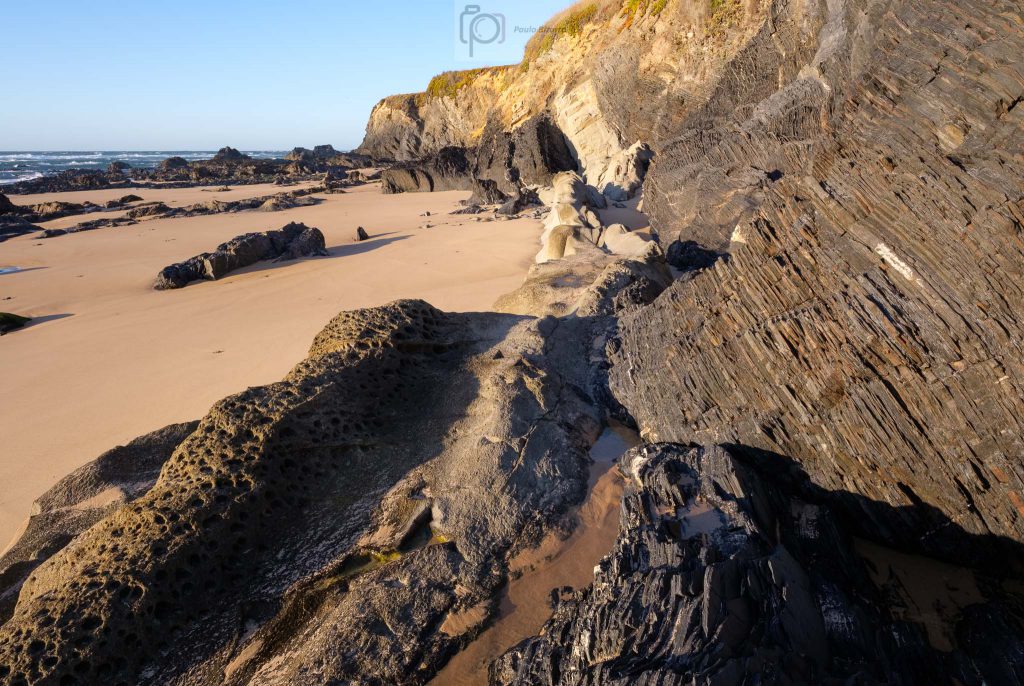
In the last few years, this coastal area has seen a lot of sand being accumulated, creating different beach profiles and burying many of the previously outcropping rocks. Still, there are many rocks that still poke through the sand, creating the possibility of interesting foreground to background compositions. This means I was busy putting my Fujinon 14mm lens to good use.
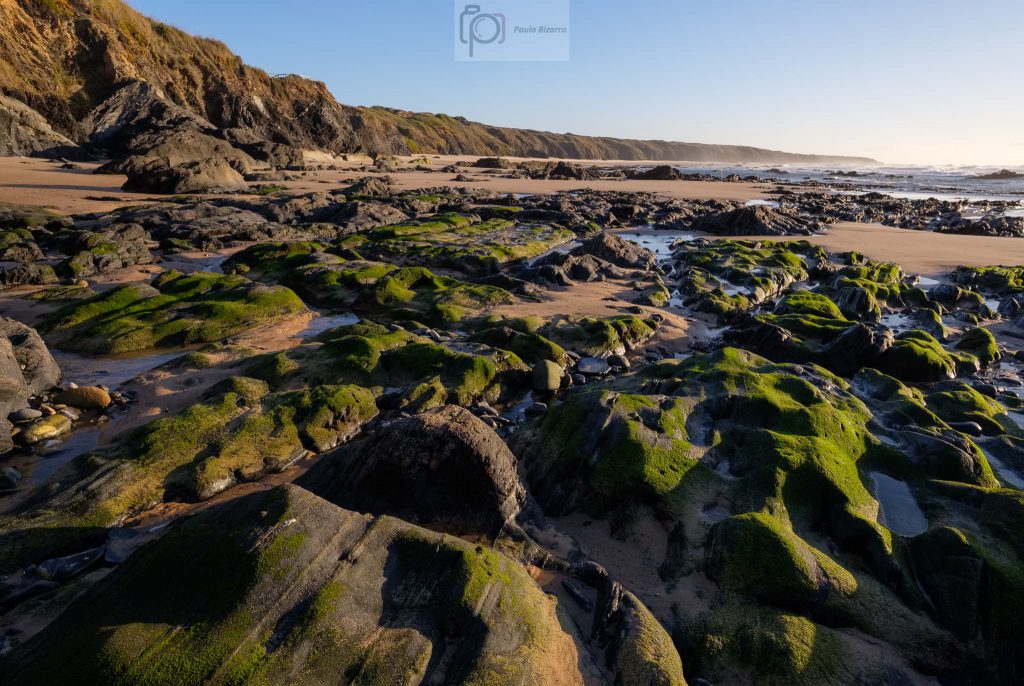
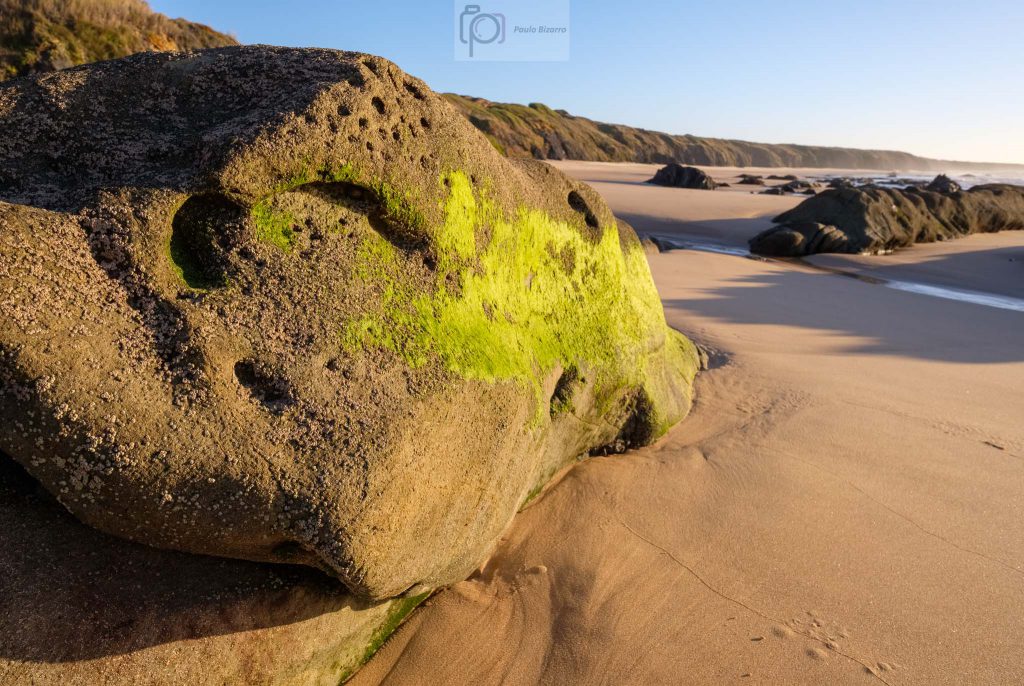
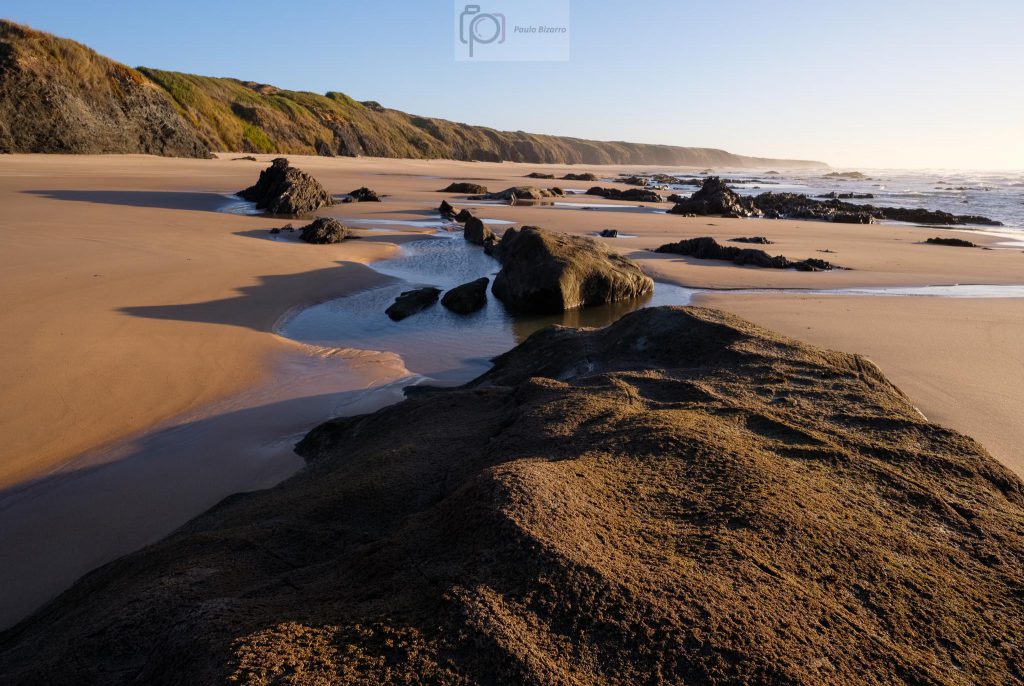
Walking along the beach, I made a few photos of the small tidal water rivulets running in the wet sand. Sometimes the soft wet sand played some tricks and my feet would be buried in it, but it was a small price to pay.
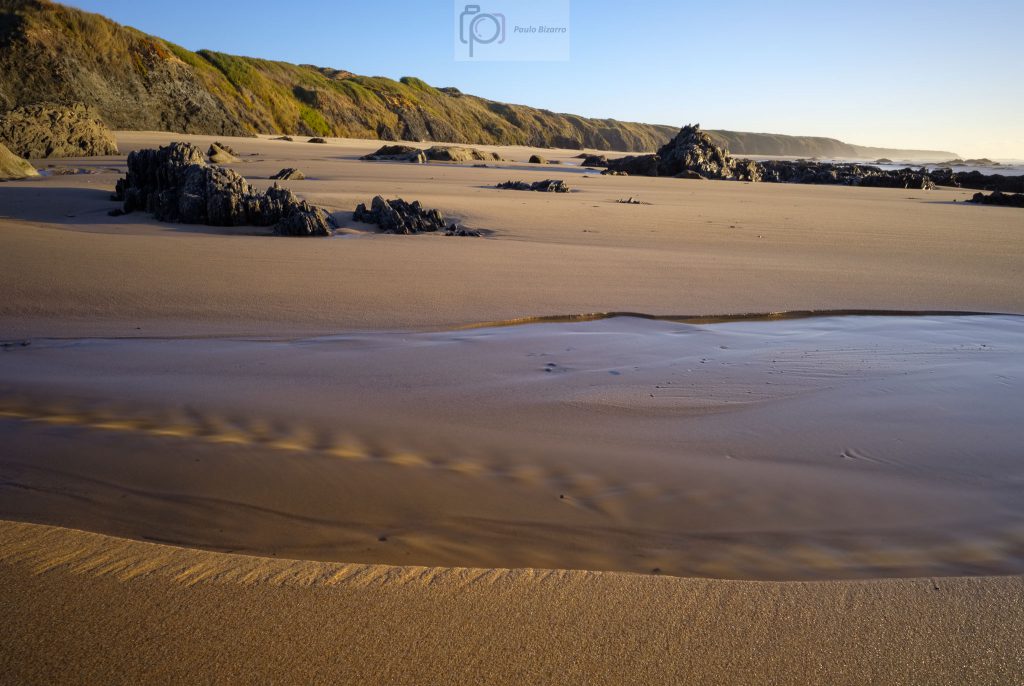
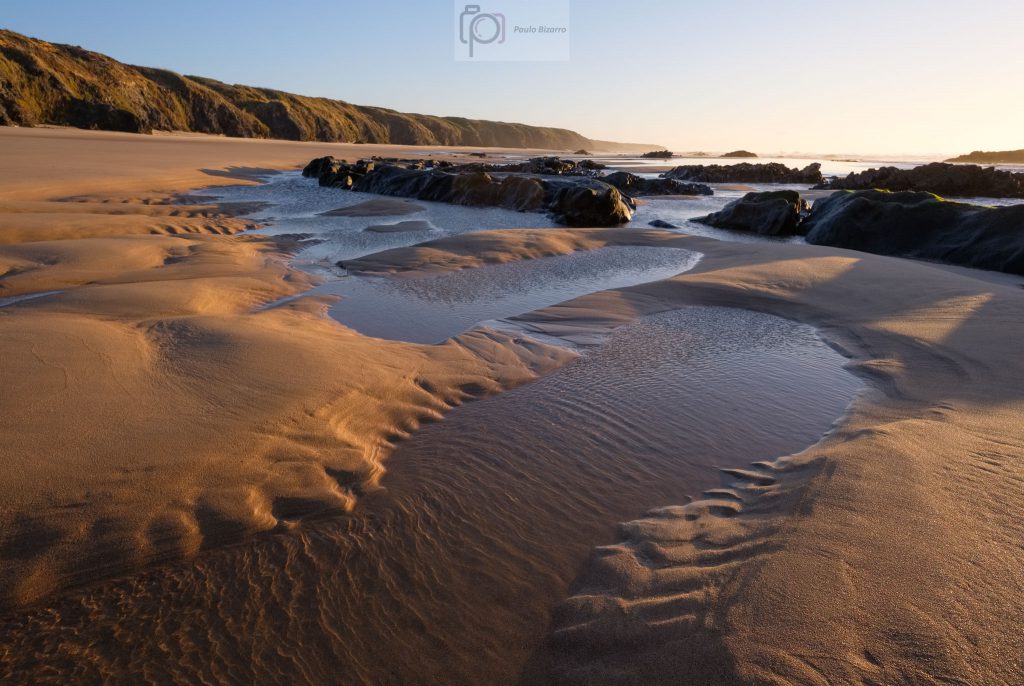
This time, the sky was clear, with no clouds, which makes it less interesting. Still, it was a nice blue colour and crisp, so I ended up including a sliver of it in my photos. As the sunset approached, the light became warmer, bathing the cliffs and the sand in wonderful golden tones.
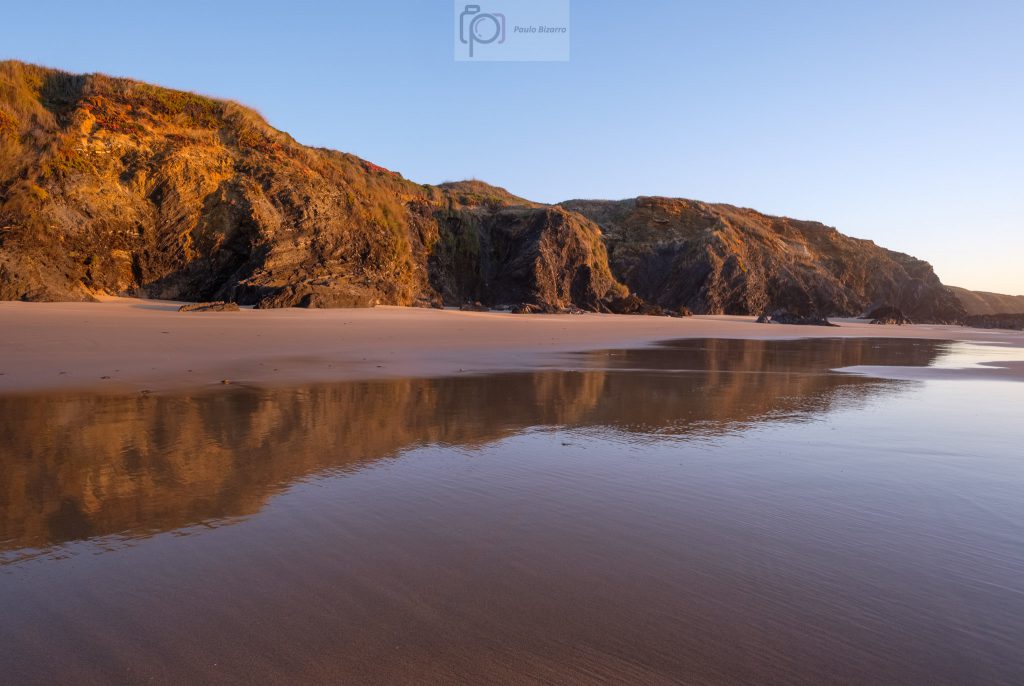
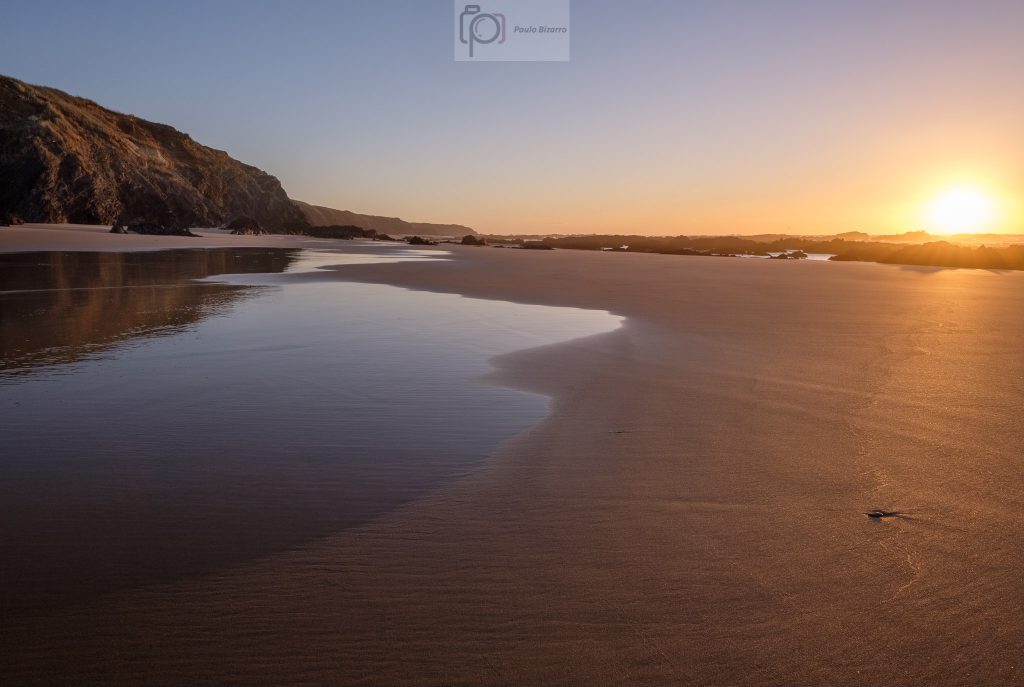
The only other person I saw was a fisherman, who ended up appearing in one of my sunset photos.
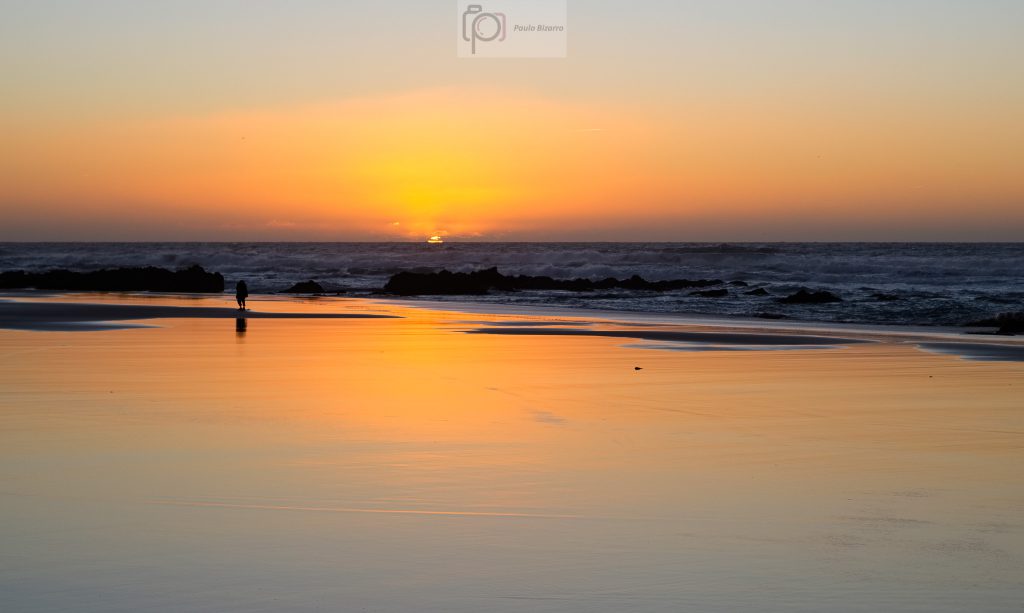
Once the sun was gone, I slowly made my way back up the cliff. The wind was picking up and was cooling rapidly, but I had time for a few extra photos, especially from the long grasses blowing on the top of the dune.
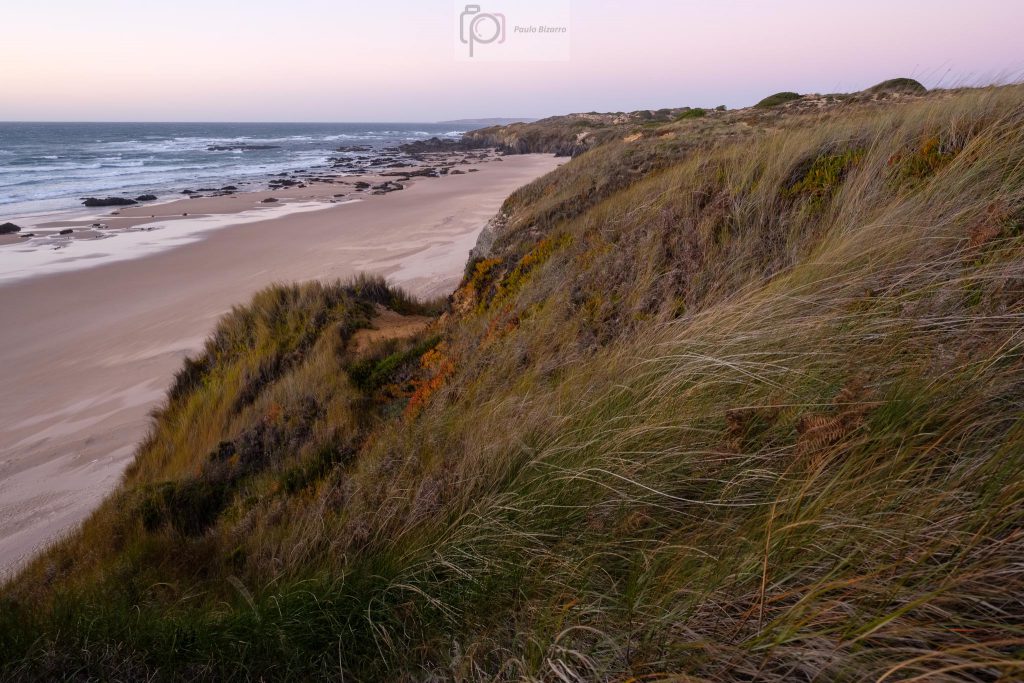
It is difficult to stop photographing in this place, because new things are always drawing the attention. At dusk, I was already close to Longueira, when I stopped again to photograph the lights above (Venus) and below (Almograve village). I know that I will return to this beach many times more, probably making similar photos to the ones I have made before; but that is fine to me, because the important thing is to experience the nature and the beauty of the place.
